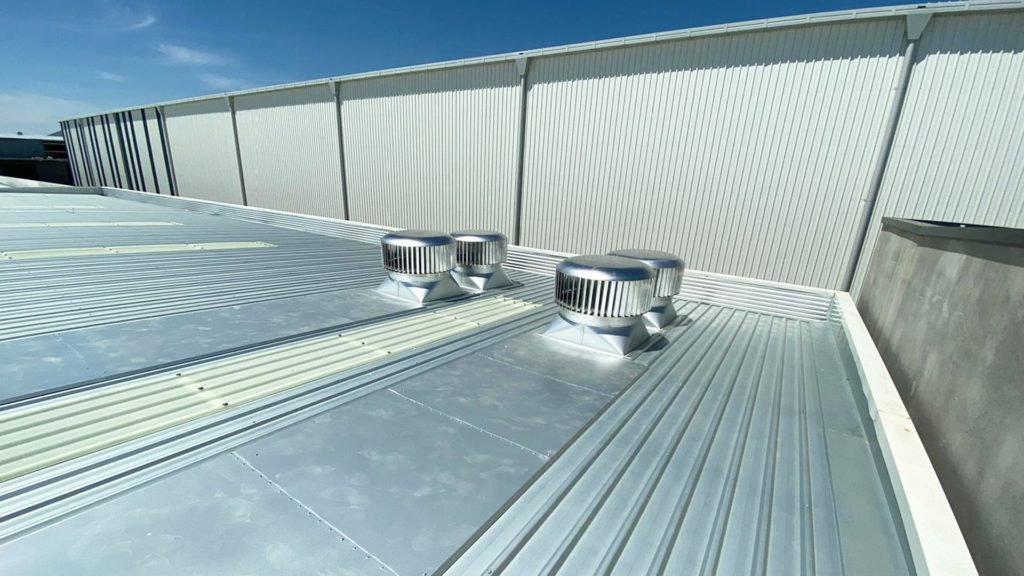Commercial Roof Exhaust Fan Maintenance Guide for the Australian Climate
Introduction
Commercial roof exhaust fans are essential components in various industries, especially in a country like Australia, where climate conditions can be extreme. These fans play a critical role in maintaining proper ventilation, controlling indoor temperatures, and improving air quality within commercial and industrial buildings. However, to ensure their optimal performance, regular maintenance is crucial. In this technical guide, we will discuss the key steps and considerations for maintaining commercial roof exhaust fans in the Australian climate.
Understanding the Australian Climate
Australia is known for its diverse climate, which can range from tropical in the north to arid in the interior and temperate in the south. The unique climate conditions make it necessary to adapt maintenance practices to suit the specific region. Factors such as temperature, humidity, and the presence of dust and debris can impact the performance of roof exhaust fans. Therefore, a thorough understanding of the local climate is essential for effective maintenance.
Maintenance Schedule
Developing a maintenance schedule is the first step in ensuring the longevity and efficiency of commercial roof exhaust fans. Here’s a general guideline:
Monthly Maintenance
- Visual Inspection: Regularly inspect the fan’s blades, housing, and mounting for visible damage, corrosion, or loose components.
- Cleaning: Remove any accumulated dust, dirt, or debris from the fan blades and housing. Clean or replace filters if applicable.
- Lubrication: If your exhaust fan has lubrication points, apply the recommended lubricant as per the manufacturer’s instructions.
Quarterly Maintenance
- Motor Inspection: Check the motor for any unusual noises, vibrations, or signs of overheating. Ensure that electrical connections are tight and secure.
- Drive Belt Inspection: If your exhaust fan uses a drive belt, inspect it for wear and proper tension. Replace if necessary.
- Grease Bearings: If applicable, grease the fan’s bearings to ensure smooth operation.
Annual Maintenance
- Fan Blade Balancing: Balance the fan blades to minimize vibrations and reduce wear on the motor.
- Electrical Inspection: Have a qualified electrician inspect the fan’s electrical components, wiring, and connections.
- Safety Checks: Ensure that all safety features, such as guards and shutdown switches, are in good working order.
- Professional Servicing: Consider professional servicing by a certified technician to address any complex issues and maintain peak performance.
Climate-Specific Considerations
In the Australian climate, where temperatures can soar and dust storms are not uncommon, it’s essential to take additional precautions:
- Summer Precautions: During hot summer months, ensure that the fan motor is adequately cooled to prevent overheating. Consider adding thermal insulation around the fan housing if required.
- Dust Control: In regions prone to dust storms, install filters or dust control systems to prevent dust and debris from entering the fan. Regularly inspect and clean these components.
- Humidity Management: In humid environments, check for corrosion on metal components and apply anti-corrosion coatings as necessary.
- Severe Weather Preparedness: Prepare for severe weather events by securing the fan and inspecting its structural integrity. Consider a wind-rated fan if you’re in a cyclone-prone area.
Documentation and Record Keeping
Maintain detailed records of all maintenance activities, including dates, tasks performed, and any issues identified. This documentation will help you track the fan’s performance over time and identify patterns or recurring problems.
Conclusion
Proper maintenance of commercial roof exhaust fans is essential to ensure optimal performance and longevity, particularly in the diverse climate conditions of Australia. Regular inspections, cleaning, and adherence to a maintenance schedule are key to preventing breakdowns and minimizing downtime. By considering climate-specific factors and documenting maintenance activities, you can ensure that your roof exhaust fans continue to operate efficiently in the Australian climate.

